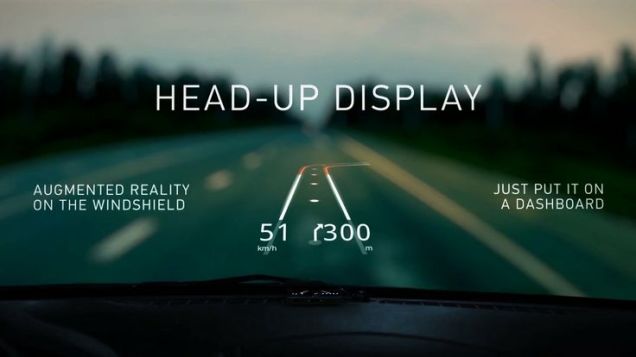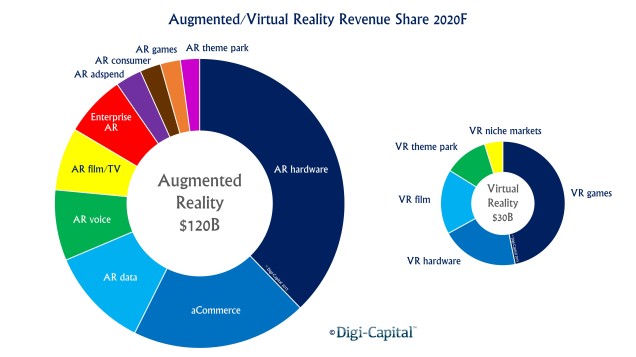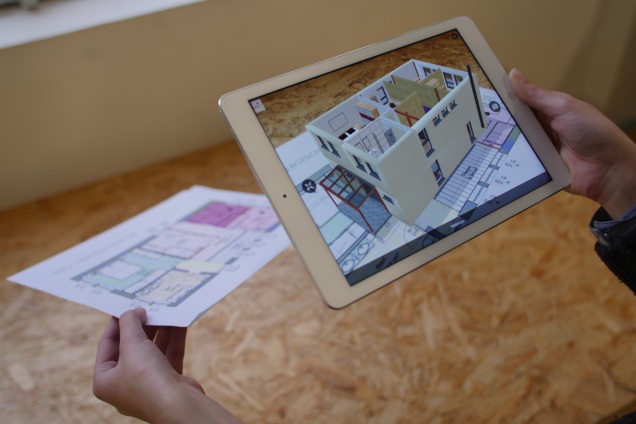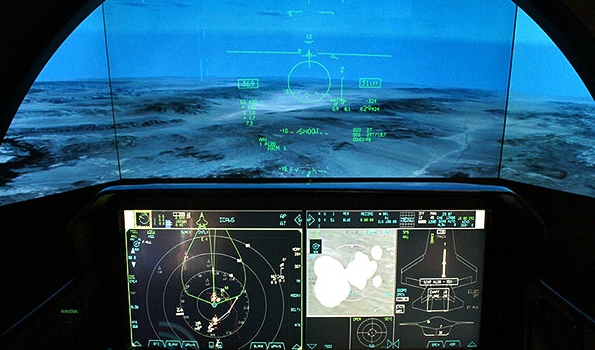By @sahilpotnis
“Everything you can imagine is real”
{ %Start
We as the most progressive species on this planet have evolved, developed and survived by constant thinking and logic. Imagination and reasoning precedes all our actions and results. Needless to say, humans have regularly expanded the frontiers of science and technology, even though at a critical rate sometimes but without any stagnation. Majority of these scientific developments have rooted out of our essential needs to lead a better life. However, we don’t stop at that; human DNA is hard coded to challenge and push our own limitations. One of the endeavors being, to modify the reality to suit our 21st century needs. And the closest we have come in augmenting our real tangible world is in the first half of this decade through – Augmented Reality or AR.
Imagine, you are attending an important board meeting with a bunch of unknown faces. Instead of wasting time by contemplating on mutual introductions, your contact lenses save the day by overlaying in front of your eyes the opposite person’s identity and basic info. It helps you translate a foreign language real-time into yours and what not! This was precisely the vision set by Michio Kaku, theoretical physicist and futurist, almost five years ago and I believe we are rightly heading forward in that direction…

What fuels our need to augment the real world or how much of the AR technology can be put to developmental use beyond recreational applications? We don’t necessarily need to answer these questions at the moment. Several technologies develop and evolve before their application base is filtered and the market matures into a mainstream sink. This is partially true in the case of AR, as its market worth is expected to hit $150 Billion mark in the next five years [1]. To put that in perspective, it is slightly greater than half of the Apple Inc’s 2015 net revenue. Though, it is not a magnanimous number but the progress made is very evident especially in the hardware design aspect of things.

We can put AR to use in numerous sectors with wide range of applications. Right from education, medical and travel, military, infrastructure development to the city and regional planning and brand marketing for start-up firms, there are plenty of them. With immense advancement in real-time image, 3D reconstruction and signal processing it is widely possible to digitally overlay elements over the conventional display or project 3D imagery in real world. Freely interacting with the fluidic media and your external surroundings at the same time holds the key to AR’s success. Let’s have a look at some of AR’s possible applications I can think of for now-
Education – Students can view all their chemistry, biology, physics classes in real world using headsets or there can be augmented classrooms with multiple projectors, stitching a 3D image in real-time. A combination of augmented virtual reality can prove to be an excellent aid to practical education, a couple of finger swipes and you will see the gas bubbling out of your vials. Students and teachers can scan their notebook pages to view grades, reviews and personal notes. It will be important to maintain the real world feel to these applications and not divert it to being too virtual.
Brand Marketing and Guerrilla Advertising – This will be the most volatile and experimented sector used with AR. It’s impossible to gauge the limitations of AR and brand marketing’s combination. It is simple to visualize how effectively AR will help in improving the customer-product interaction down the road and brands like Converse have already started investing in such venture. AR in its true sense will augment window shopping as people can try out apparel, accessories and appliances without having to enter the shops!
Intelligent Commute – It will be obsolete to use add-on GPS modules and traffic monitoring apps for constant navigation through the journey. An ideal AR headset will comprehensively project all the necessary details such as speed, road curvature, weather and possible dangers right in front of our eyes or perhaps on the windshield. This will be highly complemented by self-driving cars and auto-pilot systems. All the dashboard options will be replaced by floating projections which can perform multitude of tasks.
Infrastructure Development and Planning – AR will be of a great help in city and regional planning and infra development especially in the developing countries where land is a scarce resource. It will be simple to view the proposed developments with 3D CAD models on your tablets and smartphones. The greatest advantage it presents is that of scalability, right from a small monument installation to as huge as an airport planning everything can be made virtually real before its implementation.

Medicine and Military – Last decade witnessed the rise of robotic surgeries and use of image processing in enhancing our life saving medicinal capabilities. AR can assist budding surgeons to practice intricate operations on human projections providing more anatomical details than a cadaver. All the critical units would require lesser patient monitors as most of the vital parameters can be directly seen over the AR headset, decreasing the procedural time and operational cost. Strategic and ballistic military programs have already started using AR in mapping hostile targets and pinning the enemy with digital overlays.

It’s a non-exhaustive list which is only bounded by one’s imagination. These aforementioned practical uses are forecasted to conserve substantial amount of resources in terms of money, time and labor. However, the point is that – it is certainly a Hercules job to design and develop the right technology and AR hardware but will not be as delicate and game changing as compared to devising a meaningful user end foundation which is good enough to protect personal privacy and provide data security at the same time. We should be quick and cautious in embracing our transition to augmented reality. One of the best measures in controlling the risk (if any) in accepting a change is to gear-up for it before it’s too late. And that is exactly what the tech community all across the globe is engaged in.
Be it Microsoft’s Hololens developer model, stealth mode startup Magic Leap or Facebook’s $2 billion not so baby- Oculus. The required underlying groundwork for AR is developing at a fast pace on both the hardware and software fronts.
Despite steady and sturdy progress in this field, many multi-billion big famous companies with large cash reserves are taking measured steps in AR R&D in order to gauge the market development; especially where consumer expectations are out of sync with the product reality. It’s never too early to place your bets on AR, just the way Facebook did with Oculus or Google experimented with the project Glass. AR/VR are going to cater our needs of future which may appear to be pretty insubstantial at the moment but would be of colossal importance in the near future. Only time will tell how effectively we could tap the potential of AR and VR as we usher into a new sci-fi era of flying cars , talking bots and neon floating screens!
And yes, now Pokemon!
%Stop }
– Pablo Picasso
Epilogue –
Though I am not an expert in augmented reality, I have made an effort to understand the developmental trend of AR hardware and software. It is time that we look up to this exciting new technologies to make an entry in our everyday lives! I really appreciate your feedback and opinions, even maybe from a different standpoint.
References –
[1] http://www.digi-capital.com/news/2015/04/augmentedvirtual-reality-to-hit-150-billion-disrupting-mobile-by-2020/#.V3mEL7grI2x
